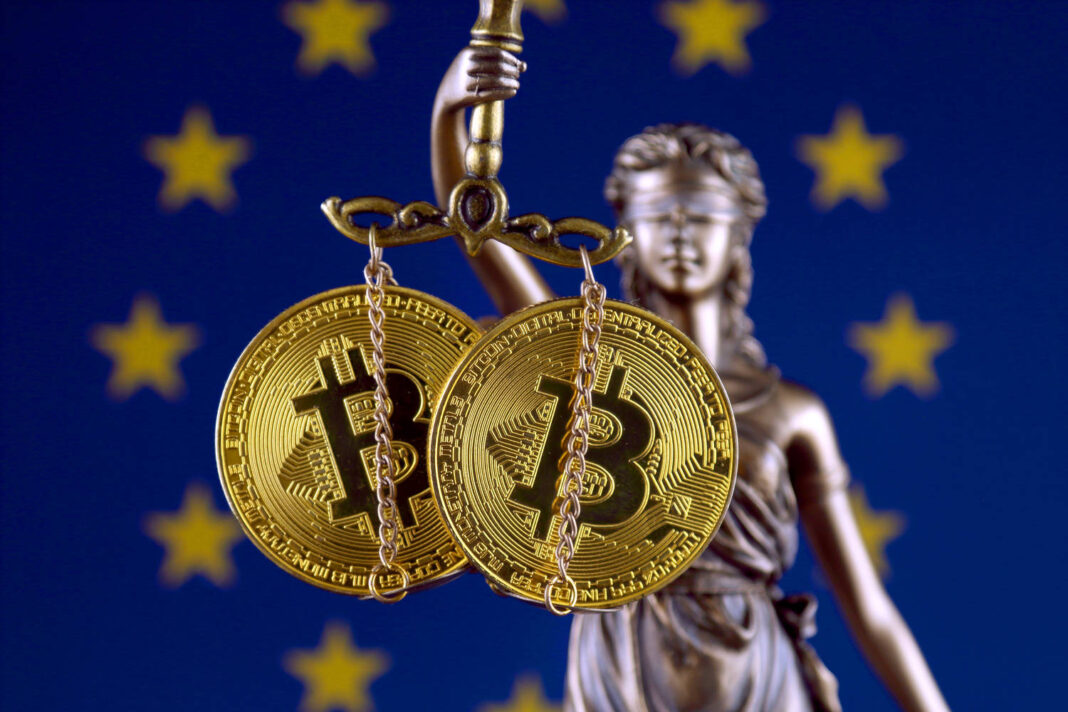MiCA Goes Live: EU Introduces Unified Crypto Regulations
02.01.2025 16:00 1 min. read Alexander Zdravkov
The European Union’s Markets in Crypto-Assets (MiCA) regulation has officially come into effect, creating a unified framework for the oversight of digital assets across member states.
This groundbreaking legislation introduces strict guidelines for stablecoins, token issuance, and crypto services such as exchanges and custody, aiming to boost transparency and address long-standing regulatory gaps in the industry.
Under MiCA, issuers of stablecoins and asset-referenced tokens face rigorous requirements for disclosures, reserve management, and redemption processes.
Crypto-asset service providers (CASPs) can now operate across the EU with a single license, streamlining cross-border activities and replacing fragmented national regulations.
However, smaller firms may struggle to meet compliance costs, potentially consolidating the market in favor of larger players.
While MiCA excludes fully decentralized protocols, ambiguity remains around NFTs and privacy tokens, with some assets potentially falling under stricter scrutiny.
The regulation’s phased implementation will test whether it can strike a balance between fostering innovation and maintaining oversight. Industry leaders see this as a model that could influence global regulatory standards, setting the stage for broader institutional adoption and more secure markets
-
1
Kazakhstan to Establish State Crypto-Reserve Under Central Bank Oversight
30.06.2025 17:00 2 min. read -
2
Arizona Governor Vetoes Bill, Related to State Crypto Reserve Fund: Here Is Why
02.07.2025 16:00 2 min. read -
3
Crypto Advocates Back Sen. Cynthia Lummis’ Push to Reform Digital Asset Tax Rules
01.07.2025 10:00 2 min. read -
4
SEC Explores New Fast-Track Process for Token-Based ETFs
02.07.2025 14:00 2 min. read -
5
Germany’s Largest Banking Group Sparkassen to Offer Crypto Trading by 2026
01.07.2025 8:00 2 min. read
House Clears Path for Landmark Crypto Bills: Vote Set for Thursday
The U.S. House of Representatives has advanced three major cryptocurrency bills after passing a critical procedural vote late Wednesday night.
Thailand Launches National Crypto Sandbox
Thailand’s Securities and Exchange Commission (SEC) and the Bank of Thailand have introduced a new nationwide cryptocurrency sandbox program aimed at foreign tourists.
Crypto Legislation Moves Forward Amid GOP Infighting Over CBDC Ban
Tensions flared on Capitol Hill Wednesday as the House attempted to revive stalled cryptocurrency legislation following a dramatic GOP rebellion the day prior.
U.S. House Blocks Crypto Bills in Blow to Regulatory Momentum
Efforts to establish a clear regulatory path for the cryptocurrency industry in the U.S. hit a major roadblock Tuesday, as the House of Representatives voted 196-223 against advancing three key crypto bills.
-
1
Kazakhstan to Establish State Crypto-Reserve Under Central Bank Oversight
30.06.2025 17:00 2 min. read -
2
Arizona Governor Vetoes Bill, Related to State Crypto Reserve Fund: Here Is Why
02.07.2025 16:00 2 min. read -
3
Crypto Advocates Back Sen. Cynthia Lummis’ Push to Reform Digital Asset Tax Rules
01.07.2025 10:00 2 min. read -
4
SEC Explores New Fast-Track Process for Token-Based ETFs
02.07.2025 14:00 2 min. read -
5
Germany’s Largest Banking Group Sparkassen to Offer Crypto Trading by 2026
01.07.2025 8:00 2 min. read

